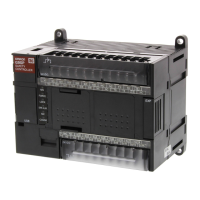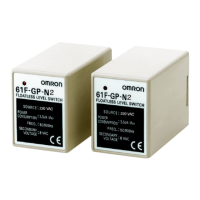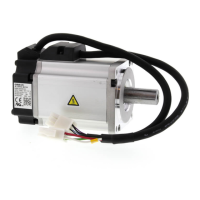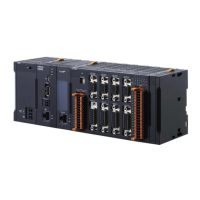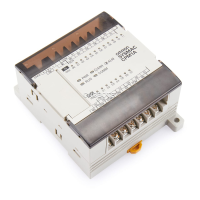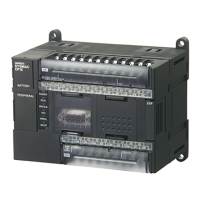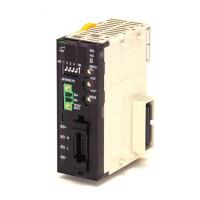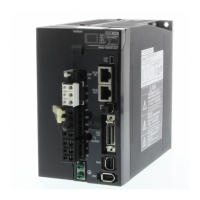170
Inspections Section 12-1
12-1 Inspections
Daily or periodic inspections are required in order to maintain the G9SP-
series Controller functions in good operating condition. In this section, the
G9SP-series Controller is referred to as simply the “Controller.”
• Confirm that the Controller is being used within the specifications.
• Confirm that the Controller is mounted and wired correctly.
• Check the safety functions in order to maintain their operating reliability at
a constant level.
• Use the error log to check for non-fatal errors.
■ Periodic Inspection Points
No. Item Inspection Criteria Action
1 Source power
supply
Check for voltage fluctuations
at the power supply terminals.
The voltage must be within the
allowable voltage fluctuation
range. (Refer to SECTION 2
Part Names and Specifica-
tions.)
Use a voltage tester to check
the power supply at the termi-
nals. Take necessary steps to
bring voltage fluctuations
within limits.
2 Ambient envi-
ronment
Check the ambient tempera-
ture. (Inside the control panel if
the Controller is in a control
panel.)
0 to 55°C (Refer to SECTION 2
Part Names and Specifica-
tions.)
Use a thermometer to check
the temperature and ensure
that the ambient temperature
remains within the allowed
range of 0 to 55°C.
Check the ambient humidity.
(Inside the control panel if the
Controller is in a control panel.)
10% to 90% (with no conden-
sation.) (Refer to SECTION 2
Part Names and Specifica-
tions.)
Use a hygrometer to check the
humidity and ensure that the
ambient humidity remains
between 10% and 90%. Make
sure that condensation does
not occur due to rapid changes
in temperature.
Check that the Controller is not
in direct sunlight.
Not in direct sunlight Protect the Controller if neces-
sary.
Check for accumulation of dirt,
dust, salt, metal filings, etc.
No accumulation Clean and protect the Control-
ler if necessary.
Check for water, oil, or chemi-
cal sprays hitting the Control-
ler.
No spray on the Controller Clean and protect the Control-
ler if necessary.
Check for corrosive or flamma-
ble gases in the area of the
Controller.
No corrosive or flammable
gases
Check by smell or use a gas
sensor.
Check the level of vibration or
shock applied to the Controller.
Vibration and shock must be
within specifications. (Refer to
SECTION 2 Part Names and
Specifications.)
Install cushioning or shock
absorbing material if neces-
sary.
Check for noise sources near
the Controller.
No significant noise sources
(Refer to SECTION 2 Part
Names and Specifications.)
Either separate the Controller
and noise source or protect the
Controller.
3 Installation and
wiring
Check that all terminals blocks
between Units are inserted
and locked fully.
No looseness (Refer to SEC-
TION 4 Installation and Wir-
ing.)
Press the terminal block on
completely and lock them with
the screws.
Check that cable connectors
are fully inserted and locked.
No looseness (Refer to SEC-
TION 4 Installation and Wir-
ing.)
Press the connectors on com-
pletely and lock them.
Check for loose screws in
external wiring.
No looseness Tighten loose screws with a
Phillips screwdriver.
4 Performing
safety valida-
tion testing
(user testing)
Make sure that all safety func-
tions are operating correctly.
The safety functions must be
operating as intended.
Remove any errors and then
recheck the operation of all
safety functions.
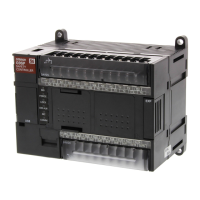
